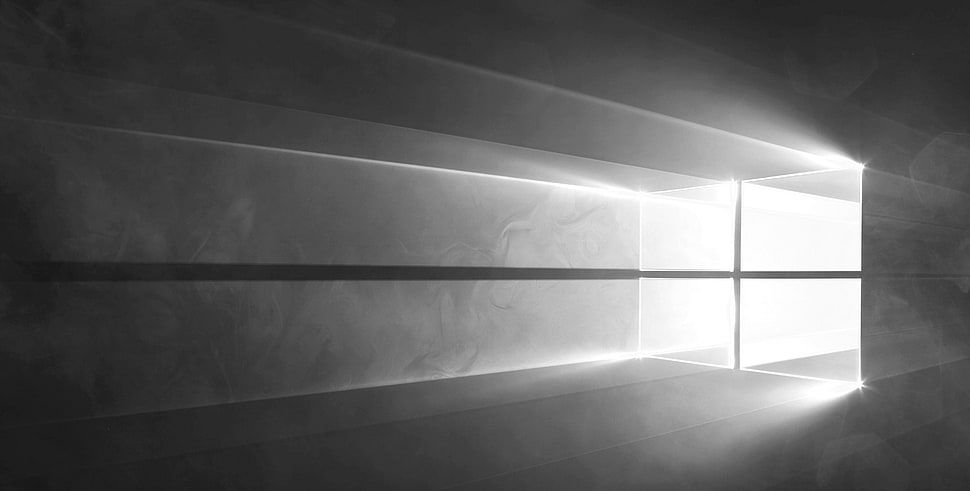
Microsoft introduced the Extended Security Update (ESU) package for Windows 10 last year, priced at $30 USD annually. This package is an ideal solution for users who wish to continue using Windows 10 on their devices while receiving official security support from Microsoft.
Read More: Microsoft Offers ESU Package for Windows 10 – $30 Per Year
Regarding the ESU package, by the end of October 2024, Microsoft provided information on volume licensing pricing for the 5×5 activation method.
Read Also:
In January 2025, Microsoft updated its Windows 10 Extended Security Updates documentation, which includes detailed pricing, information on Windows 365/Azure VD, minimum licensing purchase requirements, and more, available in the FAQ section of the page.
Unlike the individual ESU package priced at $30 USD, business and educational institution users face different costs. For Enterprise users, the ESU costs $61 in the first year, $122 in the second year, and $244 in the third year. For Education users, the pricing is $1 per license in the first year, $2 in the second year, and $4 in the third year.
Additionally, ESU is available at no extra charge for Windows 10 virtual machines running on Windows 365 or Azure Virtual Desktop. Plus, Windows 10 endpoints connected to Windows 365 Cloud PCs are eligible for ESU for up to three years with an active Windows 365 subscription license.
The minimum purchase for ESU licenses is one, meaning the cost multiplies with more licenses acquired.
Windows 10 ESU will be available in volume licensing approximately 12 months before the end of Windows 10 support, or by the end of 2024.
While Windows 10 PCs will continue to function, Microsoft recommends users upgrade to Windows 11 or purchase the ESU package to ensure their devices remain secure and receive critical monthly security updates.
It’s important to note that Windows 10 support officially ends on October 14, 2025, which is just a few months away. Users still have limited time to upgrade their devices or switch to Linux if bypassing Windows 11 requirements isn’t feasible or if Windows 11 performance feels slower compared to Windows 10.
Via: Microsoft






